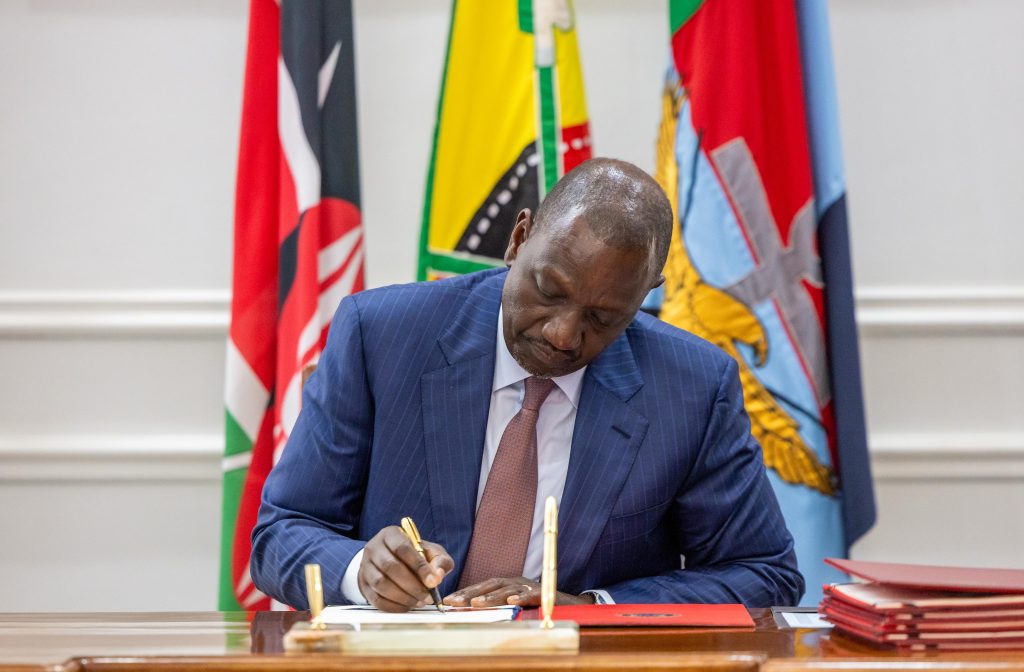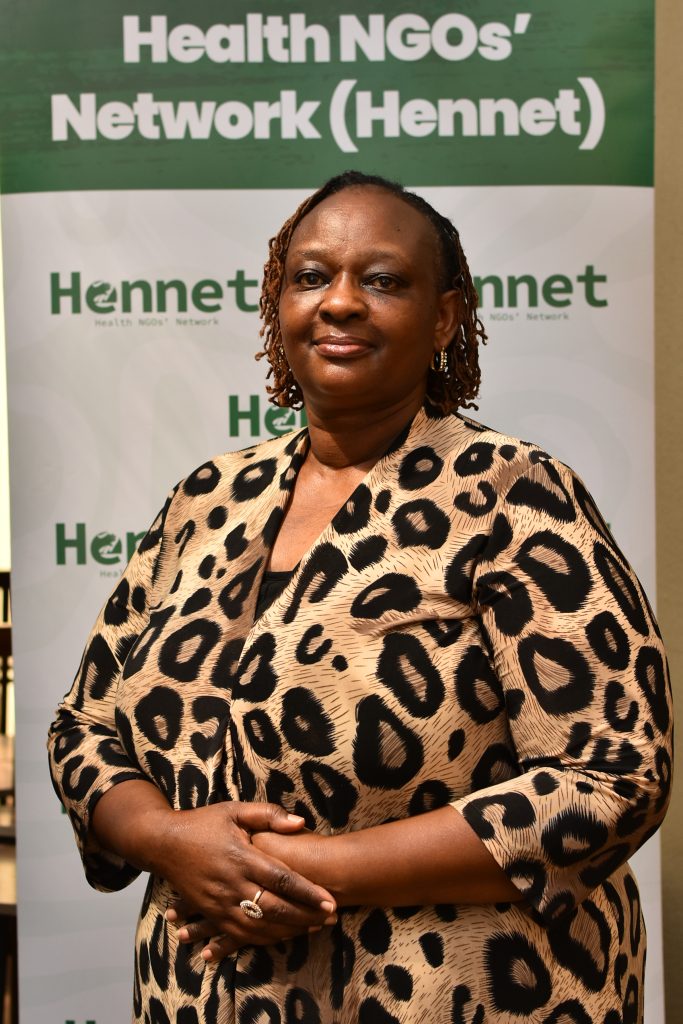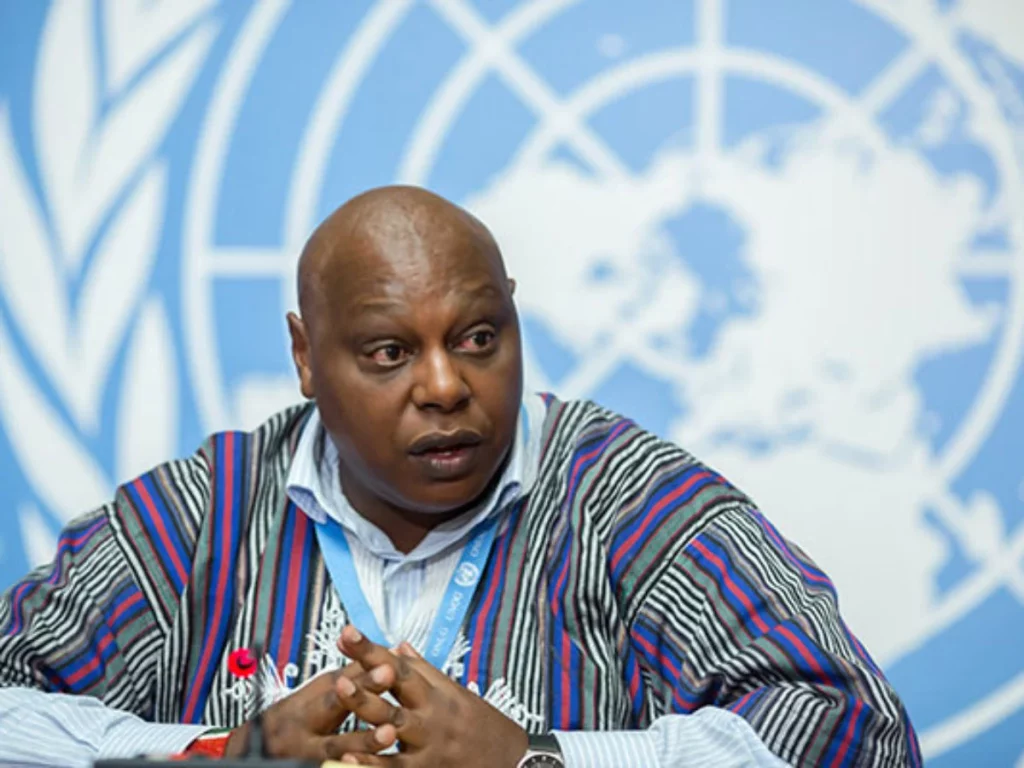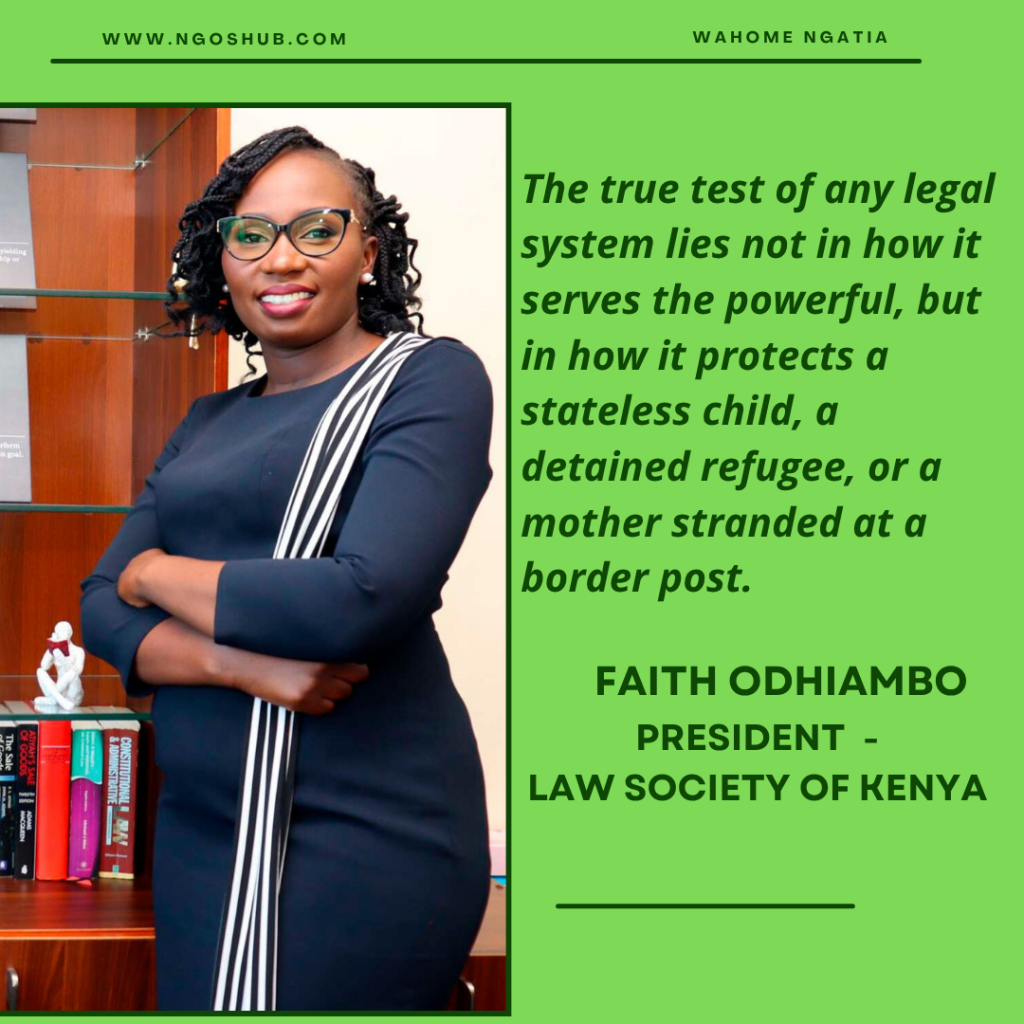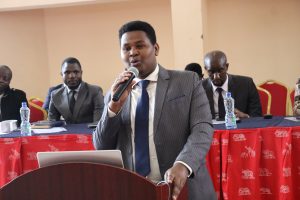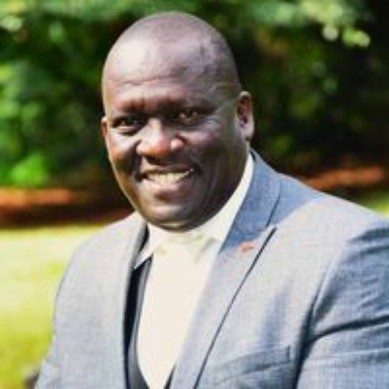By Wahome Ngatia
For decades, Kenya’s social safety net has been a brittle patchwork—fragmented, reactive, and often leaving the country’s most vulnerable to fall through the cracks. NGOs—always the first responders—did what they could, from feeding street children to building safe shelters for women and distributing wheelchairs in slums. But they were often isolated, underfunded, and locked out of national planning tables.
All that changed on July 30, 2025, when President William Ruto signed into law the Social Protection Act, a landmark bill that rewires Kenya’s approach to welfare and finally offers NGOs something they’ve long fought for: recognition, integration, and influence.
This isn’t just a policy upgrade. It’s a power shift.
A Historic Step Toward a More Equitable Kenya
Until now, Kenya’s official approach to social welfare relied on the Social Assistance Act of 2013, a law that was often criticized for being too narrow, slow to respond, and riddled with inefficiencies. It focused largely on small cash transfers to the elderly or the very poor, without a real framework to respond to shocks like droughts, pandemics, or mass layoffs. It was built for a time that no longer exists.
The new Social Protection Act, 2025, is built for now.
It introduces a lifecycle approach—a concept that recognizes people’s needs change as they grow. A child abandoned during political unrest, a young mother fleeing gender-based violence, a jobless graduate during a recession, or an elderly man with no pension—all these realities are now within the state’s social protection mandate.
The Act also broadens the definition of support. It’s not just about cash. It includes non-cash aid like food assistance, counselling, foster care, home-based health services, assistive devices for PWDs, and more.
And crucially, it mandates a National Social Protection Board, a digitized registry, and a pooled funding system to streamline what was once a chaotic ecosystem of disjointed programs and paper-based bureaucracy.
What This Means for NGOs: From Outsiders to Partners
For decades, NGOs in Kenya operated on the fringes of policy. They were essential, yet informal—running feeding programs in urban slums, caring for children with disabilities in understaffed counties, counselling trauma survivors, often without state support or coordination.
They were allowed to function. They were rarely empowered to lead.
This new law changes the terms of engagement. It formally acknowledges the complementary role of non-state actors—NGOs, community-based groups, churches, cooperatives—in delivering social protection.
It is, in effect, an invitation.
Here’s how NGOs can step up, align with the Act, and unlock a new era of influence, funding, and impact.
1. Speak the Language of the Law
The first step is simple but critical: realign your work with the Act’s vocabulary. If you’re running a shelter for abandoned children, reframe it as “providing non-cash support under the lifecycle vulnerability model.” If you’re supporting families affected by climate shocks, describe it as “shock-responsive social protection.”
This isn’t about jargon. It’s about policy fluency—and it matters.
Government officials and donors speak in outcomes, frameworks, and legislation. When your mission mirrors national goals, you’re no longer a charity—you’re a strategic development partner.
2. Tap Into the National Registry
One of the Act’s most transformative features is the creation of a centralized digital social protection registry. It promises a single source of truth about who is receiving support, where, and in what form.
NGOs must advocate to integrate their data, feed into the system, and access real-time insights. That enables better targeting, fewer redundancies, and smarter referrals. You know which child lacks food. The registry might know they’re already receiving school bursaries. Combine that data, and you get holistic impact.
Globally, this kind of interoperability is key. The World Bank notes that in countries where NGOs feed into national registries—like Chile and Indonesia—efficiency in delivering aid increased by 40%, and errors of exclusion dropped by 28%.
3. Deliver What the State Can’t—Yet
The law includes ambitious non-cash interventions. But counties and ministries don’t have the systems or staffing to roll these out at scale. NGOs do.
If you run a mobile mental health clinic, or train caregivers for children with disabilities, or run food kitchens for the homeless, you’re now providing services backed by law.
This is the time to formalize your role. Sign MoUs with county departments. Offer to train community social workers. Pitch project ideas that the government can co-fund, support, or endorse.
4. Use Data to Strengthen Funding Proposals
Donors are watching this law closely. They want to see how it will be implemented and who is ready to make it work. NGOs that align with the Act—and can prove it—are now more attractive partners.
Use simple, accessible M&E tools (like KoboToolbox or TolaData) to track your results in line with the Act’s indicators: school retention rates, improved care for PWDs, job recovery rates post-crisis, etc. Quantify your contribution to the national system. Show scale. Show value for money.
In 2022, the UN reported that programs backed by strong local data are 30% more likely to be funded than those without measurable impact.
5. Collaborate Across the Sector
This is no time for silos. NGOs should form thematic coalitions—children, disability, emergency response, GBV survivors—to jointly advocate, apply for funding, and design complementary programs.
Horizontal collaboration reduces overlap. Vertical collaboration—with government—builds shared ownership. The law explicitly provides for county-level planning structures. Be at the table when they design local programs. That’s how influence begins.
The Bigger Picture: Why This Moment Matters
The Social Protection Act arrives at a time of enormous pressure. Kenya is still recovering from the 2023 drought, the COVID-19 economic hangover, and ongoing unemployment among its youth. In 2024, over 9.5 million Kenyans lived below the poverty line, according to the World Bank. Yet only about 22% of vulnerable households received formal government support.
This law seeks to close that gap. But it will take more than government effort.
It will take the agility, proximity, and innovation of NGOs. It will take their deep relationships in communities. Their knowledge of who is invisible. Who is forgotten. Who is most at risk.
This is a historic chance for the sector to step out of the shadows—and into the system.
Global Funding available for social protection interventions
The World Bank has committed $29.5 billion (Ksh 3.8 trillion) to social protection globally, including $15.5 billion (Ksh 2 trillion) through IDA for low-income countries. Kenya’s Social Protection Fund will pool resources from national and county governments, with room for donor and NGO contributions.
Kenya’s upgraded social contract
For Kenyan NGOs, the Social Protection Act is more than just a policy shift. It’s an overdue recognition of their value and an opportunity to lead.
But the door won’t stay open forever. Those who act now—who build partnerships, embrace data, align programs, and amplify their voice—will define the next chapter of Kenya’s social contract.
If you’ve ever wished your work could go further, last longer, and shape national policy—this is your moment. Don’t miss it.

